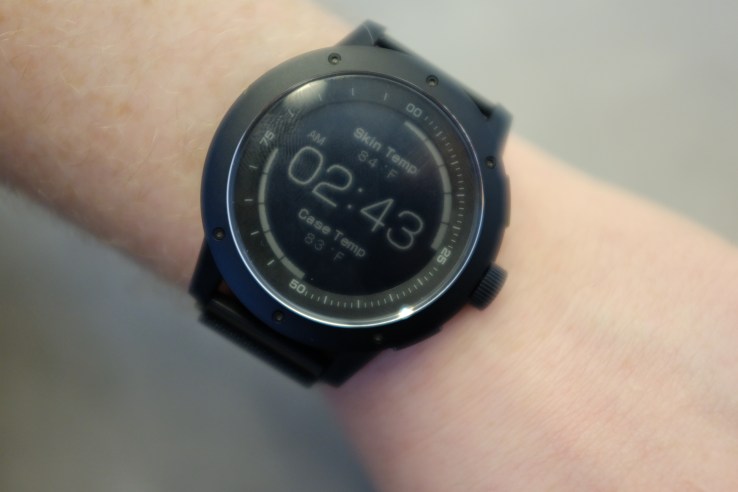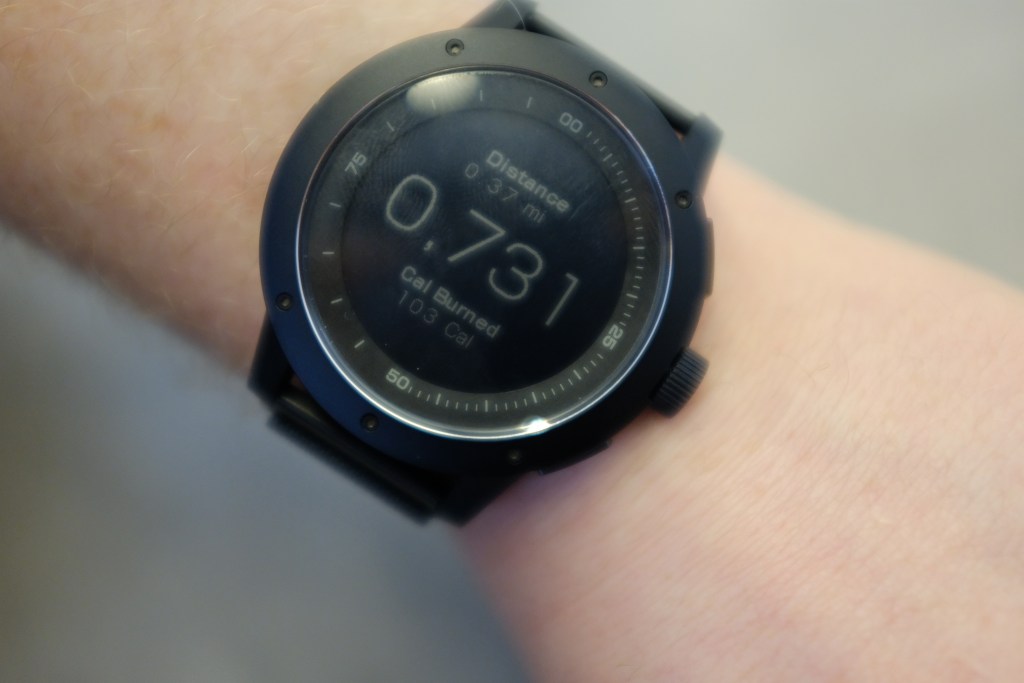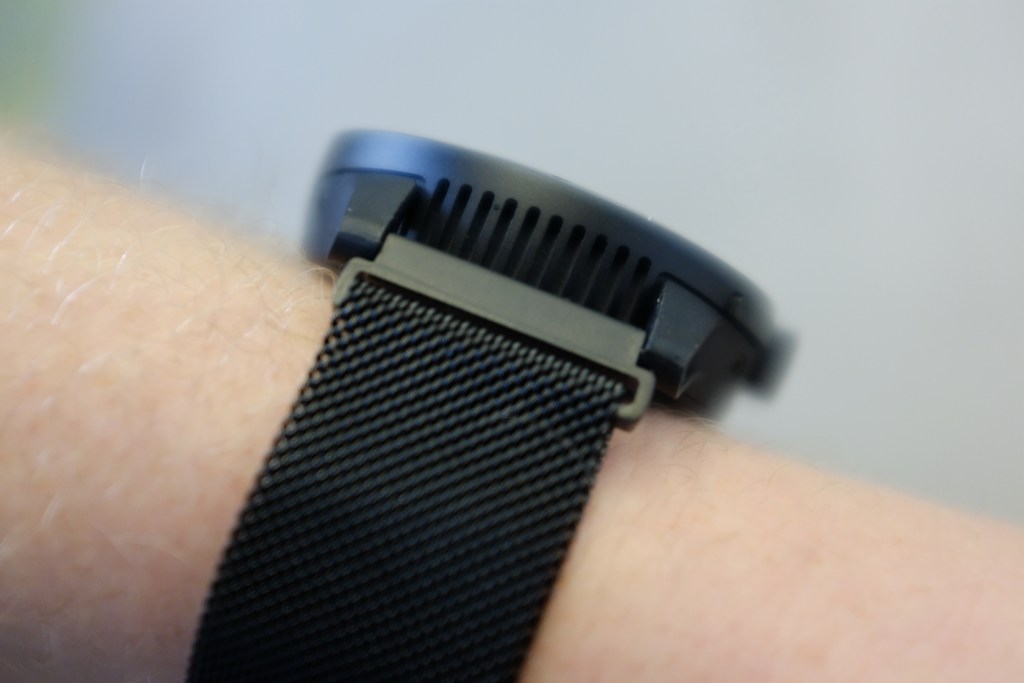PowerWatch, the body heat-powered smartwatch, starts shipping
![]()

As far as gimmicks go, PowerWatch’s is pretty good. It was good enough, in fact, to raise 939 percent of its goal on Indiegogo earlier this year. After generations of wearables with 24-hour battery lives, the promise of never having to charge your smartwatch again falls firmly into the realm of too good to be true.
But the PowerWatch does exist. I’ve got a pre-shipping version of the product on my wrist right now. It’s real — big, but real. It’s already started shipping to backers and is available for $169 through the company’s site. The device works by converting body heat into power.
Here’s the company’s own breakdown of what’s going on here:
PowerWatch energy harvesting performance is a result of three key technical advances unmatched by current technologies, namely:
- Advanced thermoelectric generators that operate more efficiently than available power generators.
- More efficient boost conversion circuitry to power the electronics and charge the internal battery.
- Pioneering thermal design to harvest the small amount of available heat within a wearable form-factor.

The principle is similar to one Seiko utilized to power its Thermico analog wristwatch way back in 1998, though the actual real-world usage on that thing was mixed, with the company reportedly moving around 500 units. Obviously the world of wearable technology has advanced a hell of a lot in the past 20 years, making the whole thing less of a limited edition pipe dream. Though, as you’ve almost certainly already guessed, there are caveats galore here.
The first is pretty clear from the lead photo: this is no Apple Watch. It’s a black and white dot matrix display that counts calories and tracks steps and sleep. That’s pretty much it — essentially the sort of info you get on the most basic of fitness trackers, albeit with a big display.
The other piece is a bit of a head scratcher for those pulled in by the promise of a body heat-powered watch: there’s a replaceable lithium-ion battery inside. Because of course there is. The battery should last about six months in standby mode. You need some power under the hood to get started — and something to keep all of the info you’ve been tracking for when it’s off your wrist and not synced up to a phone.
That, naturally, prompts the question of what, precisely, the point of a body heat-powered device is, ultimately. After all, you can get a pretty long shelf life from a lithium-ion battery. The appeal of a tracker that you can wear all day and all night is pretty clear, but we’ve had battery-powered digital watches for ages now.
In later versions, the company expects to add more features, like a color display and either a heart-rate monitor or GPS (I’d go with the former, personally). For now, however, it falls squarely within the confines of gimmick — a notion that Matrix co-founder Akram Boukai doesn’t seem particularly put off by. After all, the PowerWatch is an attempt to prove out the technology on a wider scale as much as anything else.

“Two years ago, when we started making our really ugly prototypes and we’d be meeting with these companies, they’d be like, ‘that’s really good,’ and a pat on the head,” he explains when asked why the company didn’t simply attempt to sell its proprietary tech to a Sony or Apple rather than undertaking the rather thankless job of launching a hardware startup. “The only way to show that this is legit is to go through this really hellish process that we’ve been doing for the last four years. I wish it was easier.”
Which means, of course that selling to a bigger tech company isn’t out of the realm of possibility. Nor is licensing the tech to third parties. From the sound of things, either of those notions are as plausible as continuing to make connected watches beyond the company’s already announced rugged PowerWatch X, which is due out later this year. As Boukai readily admits, “We’re not competing with Apple, Samsung or Garmin. That would be ludicrous.”
That said, Matrix is already exploring a bunch of additional case uses for the tech — the most compelling in the wearable category is probably Bluetooth earbuds. After all, battery life is a big concern with current models, and the ear canal is a much easier spot to harvest heat than the wrist.
For now, however, the company is strictly focused on the watch, which you can pick up today for $169 from the PowerWatch site.